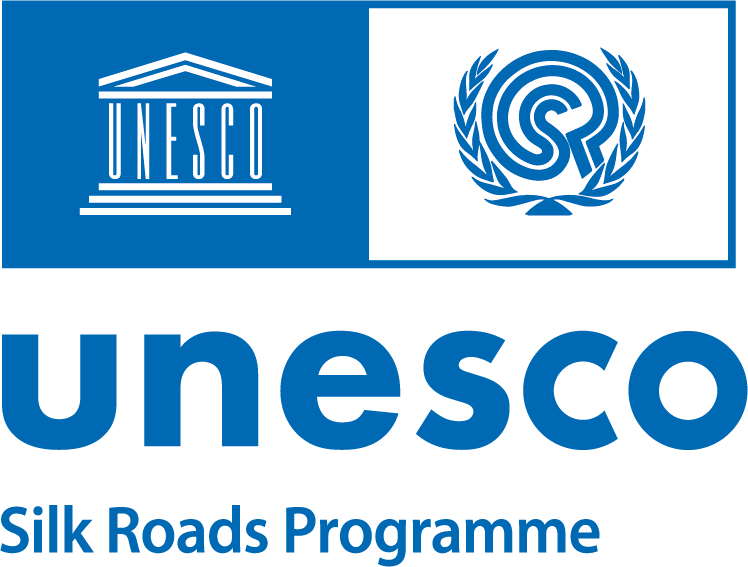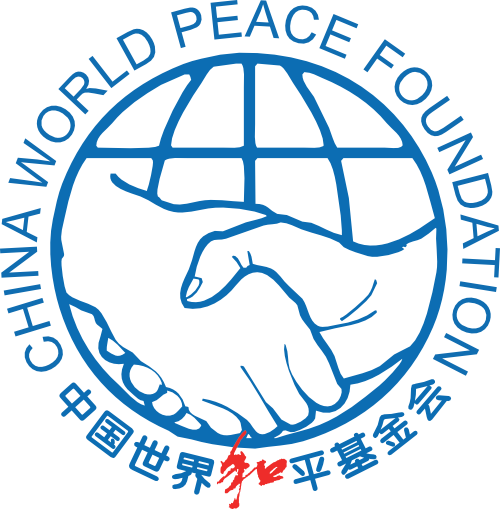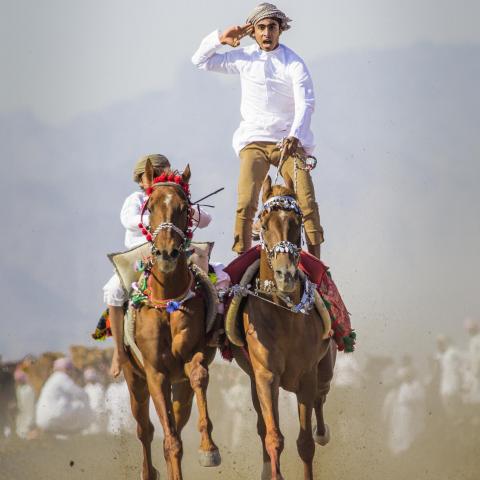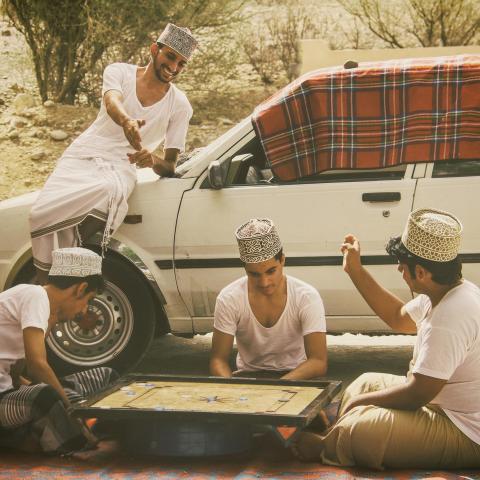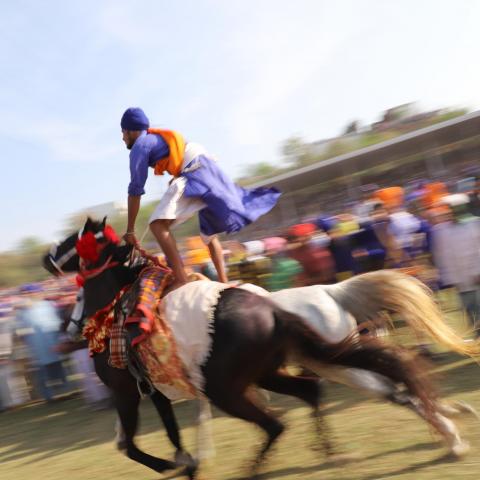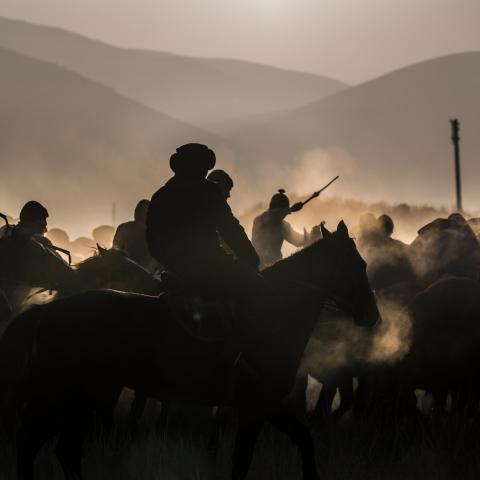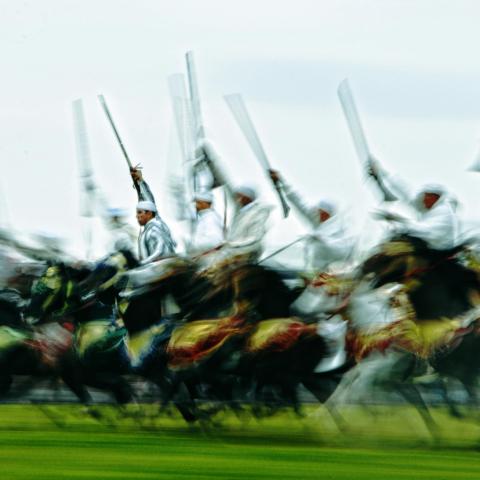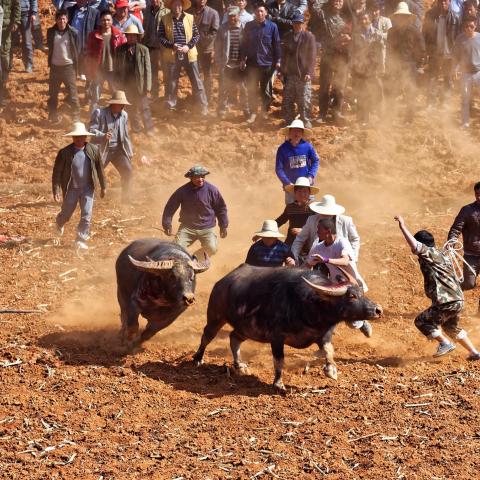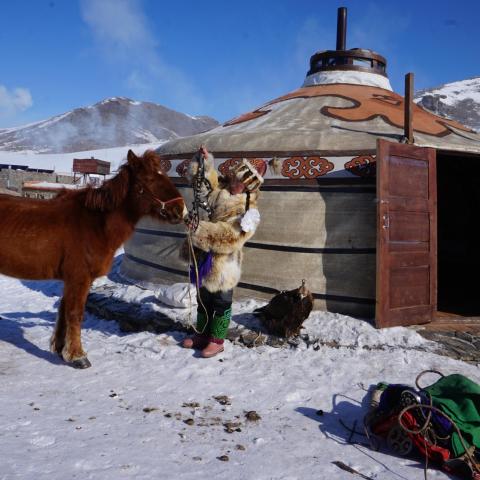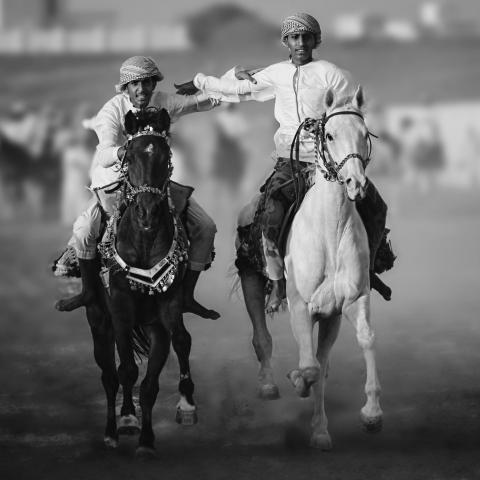Traditional sports and games are outstanding elements of the cultural identities of different people living along the Silk Roads. The interactions and reencounters that have been taking place for thousands of years along the Silk Roads provided considerable opportunities not only for the spread of traditional sports and games throughout different regions but also for their enrichment at different levels. These activities, which have always been part of the diversity of universal heritage, can be practiced in an individual or collective manner and derive from regional or local identity. Various forms of wrestling or martial arts, horseback riding competitions such as polo and archery, cognitive games such as go, chess and backgammon, as well as children’s games are all examples of different traditional sports and games that have existed along the Silk Roads for hundreds of years.
Moreover, traditional sports and games have been the basis for the promotion of ethical values such as self-control, or modesty. They have also been efficient means of strengthening social cohesion through advocating for mutual respect, cooperation and conflict prevention. As such, they provide an excellent opportunity to bring people together, to reinforce tolerance and promote the value of interactions between the people living along the Silk Roads.
Today, traditional Sports and games are not only concrete elements of the shared heritage of the people of different regions along the Silk Roads but also provide a solid basis for continual reencounters and exchanges in the modern era.
Participants of the Youth Eyes on the Silk Roads Photo Contest are encouraged to introduce components of traditional sports and games into their own unique perspective and creativity and to capture the traditional sports and games that are shared between at least two or more regions and cultures along the Silk Roads.
